The Article
PRIME SIGNATURE TURNTABLE FROM VPI
12th April 2018
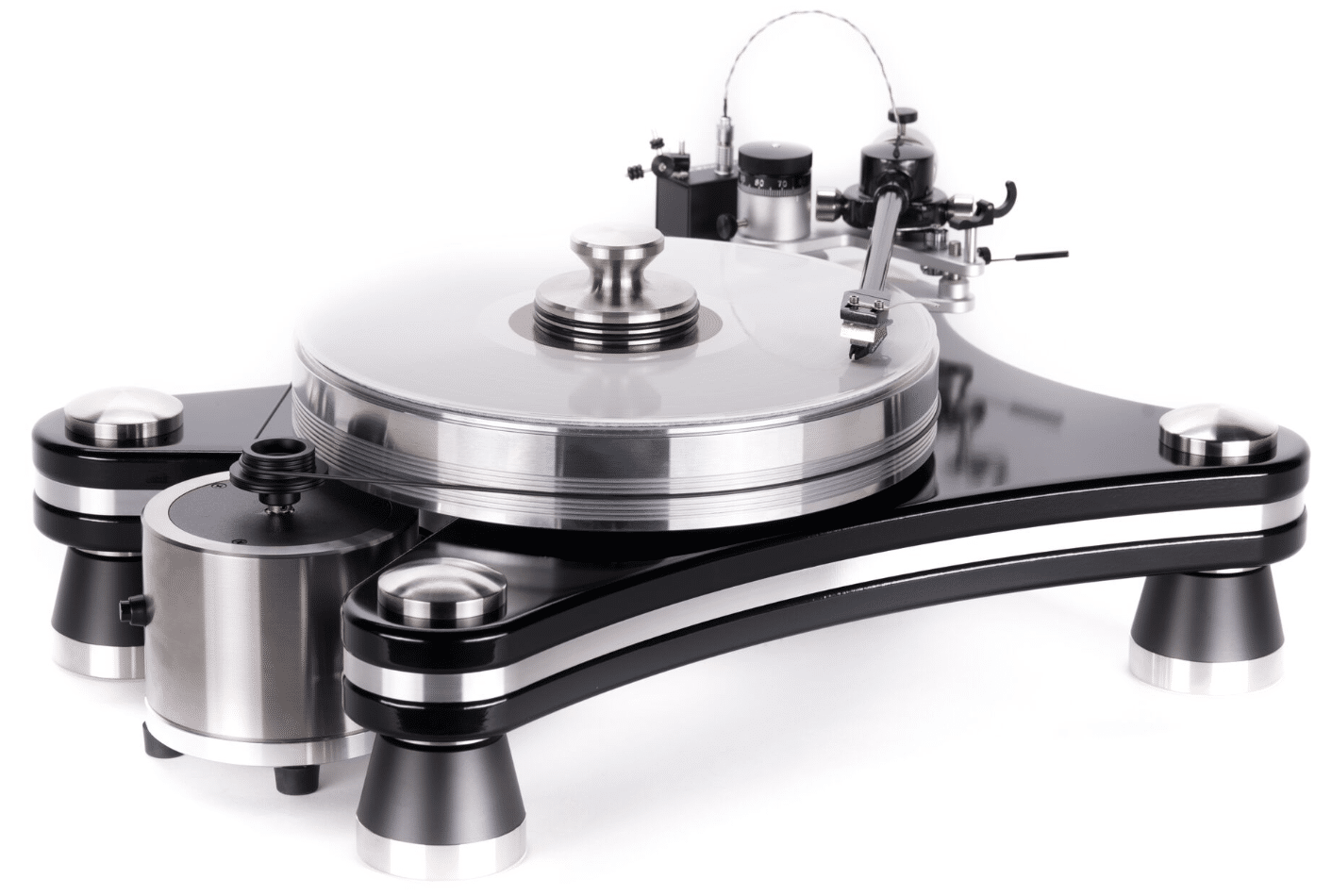
Moving beyond the original Prime design, Paul Rigby reviews the sturdy Prime Signature turntable from VPI
The two initial impressions I had of the Prime Signature turntable didn’t reflect in any way its sonic abilities and both were lodged even before I opened the box. Well, I say box because my first of two immediate impressions were not only that the Signature arrives in two boxes but that VPI has decided to put the aluminium platter in one of them, on its own. It’s a measure of the care afforded to the platter but it’s also partly because I think VPI is using old original ‘Prime’ boxes during shipping and because the platter (amongst other items) is now thicker than their earlier Prime counterparts, the platter won’t fit in the one box anymore.
Apart from that, I noticed the weight. Boy is this a heavy turntable. Tipping the scales at 36.75kg, the Prime Signature is a mass-based design and no mistake.
Looking at the sturdy base – that looks more like a workbench than a turntable chassis – I noticed the aluminium plate that ran through the centre of two layers of vinyl-wrapped MDF. There was the weight, then, right there. The plate helps damping, as you might expect as do the feet with their shiny chrome covers on the top of the chassis.
I was also impressed with the weight of the motor (you can see the theme of this review, can’t you?) that combines aluminium and steel – again perfect for damping and a reduction in vibration.
The JMW-10-3DR arm is 3D printed in design. Called 3DS, this unipivot includes high quality Nordost Reference wiring.
The 300 RPM, 24 pole, AC synchronous motor is installed in a separate aluminium and steel machined assembly while the inverted bearing features a hardened stainless steel shaft, 60 Rockwell chrome hardened ball, spinning in a phosphor bronze bushing and sits on a PEEK thrust disc. Changing the speed is done by moving the belt from one pulley groove to the next. Some people will have an issue with this. You know the sort of thing “I spent thousands on the turntable and they can’t even put a speed changer on it?” But I’m prepared to run with the designers on this one. If it was a budget thing then that’s fine with me. I’d rather have a lower price or more budget spent of sonically superior parts. If it’s a noise reduction, yep that too, I’m an anti-noise kinda guy.
INSTALLATION
I’m going to do you a favour here by inserting a video, created by VPI on installing the Prime – not the Prime Signature – the Prime. There are minor installation differences between the two so watch out and be aware of those (they’re pretty obvious). Saying that, the two turntables are similar enough for this video to remain useful. Hence, why I’m including it here.
You’ll see it in the video but I want to emphasise a couple of points. Firstly, when you place the heavy platter on the bearing – DO IT GENTLY. Don’t rush this bit. While holding the platter, move one hand so that the tip of one finger can wiggle around underneath the platter to locate the bearing the hole beneath the platter. Now I might have ET-length fingers, that’s true, but give it a go, even if your hands are small. You don’t want the platter to crash down on the bearing, causing damage.
Also, note the distance of the motor from the chassis itself. This is important when trying to fix the correct speed and belt tension. The video says around a ¼” or around 6.5mm. I used the RPM app on my iPhone to help here. A decent, general guide to help locate the correct speed (you can download it from the App Store, there are Android alternatives out there I know). I’m not pretending that this app retains scientific accuracy to 27 decimal places but its a good general guide.
In terms of the rest of the install, I love the tonearm/cartridge jig (it does its best to prevent mistakes and confusion), I love the azimuth set-up (with the dinky metal bar to…well, you’ll see this bit on the video) and I love the anti-skate options (and, even if I don’t agree with both or either, I love the fact that they have options in the first place), I love the ‘high’ position of the arm’s RCA/earth sockets (no more faffing around in the dark under a chassis trying to find the darned things), I love the easy to use tracking force weight (simple and obvious – someone tell Clearaudio) and I love the easy to use VTA control (big, easy to use, solid and almost Duplo in its friendliness).
Hell, while installing this turntable I was so full of love for the VPI, I almost turned into a hippy.
SOUND QUALITY
I began the test by adding an Ortofon Cadenza Bronze cartridge and played the high tempo She’s Got Claws from Gary Numan’s Dance, 2LP reissue.
There’s so much to say really so I’ll try and be brief. Firstly, this is such a confidant turntable. I mean, it fairly struts around your listening room. It can do this, it can do that…it pouts and postures. This is confidence through security, though. It handled the full suite of frequencies with a stylish sweep and a complete self-assurance. It controled the top and bottom ends with aplomb, there was never a hint of the chaotic, you will never hear confusion or a directionless mess here, not one moment of midrange smearing, never a suggestion of bass bloom.
This discipline was not imposed to the detriment of entertainment, though. The VPI is toned to a peak of fitness and it can stretch dynamics with a single bound, swing from fragile cymbal tap to cymbal tap and land with a firm bass impact, all without a wobble. The VPI Prime Signature is the Errol Flynn of turntables.
On this track, bass transients impressed me. That is, they started without warning, they hit but in a wholly organic manner then, bang, they were gone again. As I say, bass does this without sounding plastic or manufactured. The natural element is retained so that you get the tonal information you need within the lower frequencies. You never feel fobbed off with the synthetic or the soul-less.
What impressed me about the midrange was the careful use of space. Space around the soundstage is a good thing because it allows instruments room to manoeuvre, allowing the ear to experience the full personality of the instrument in action. The Prime Signature gives you this but never too much, hence it never gets too excited by air and open space so you never get a confusion of reverb – which is the opposite end of the issue. You get enough room and enough micro-reverb to enhance the naturalistic stance of that instrument and then we’re off to the next bit. That pace is important, the music never feels stodgy, it never sits there admiring its navel.
The only part of this package that I did dislike was VPI’s stabiliser. It doesn’t help, it smudged bass a touch and dragged the dynamics. Retire this to paper-weight status and grab a HRS ADL stabiliser instead. This does a better job of reducing the noise directly over the bearing, opening up the soundstage further, adding both focus and clarity to the mids and lifting the bass to add precision to the lower frequencies.
I then confirmed the sound quality tests with Dusty Springfield and the track from the album, Dusty in Memphis, Just a Little Lovin. I was wholly enamoured in how the Prime Signature pushed the edges of the soundstage to the far left and right and allowed the strings from the backing orchestra to sweep across while Dusty’s vocal had a smooth sense of lusty erotica, providing enough textural nuance that provided dozens of micro-details during her delivery.
Percussion here was open and airy with delicious cymbal splashes while bass provided a secure foundation over the entire track. Also, this reissue (via 4 Men With Beards) is not the best in the world as it’s a tad strident. The VPI did a good job in separating the frequencies, offering more insight and detail over the midband which made the slight brightness more bearable, reducing listening fatigue.
CONCLUSION
There are several models of tank that would feel slightly uneasy standing next to the VPI Prime Signature, such is the sturdy build quality on show here. Despite the multi-part nature of the installation for this turntable, it’s a pretty straight-forward sequence that offers much that is friendly but it’s that sound quality that is the gold star element in the Signature Prime’s armoury. Solid as a rock, oozing detail but blended successfully with clarity. All I can advise, in my simple, innocent, yet hopeful way is to tell you to buy this deck or, if an angled entreatment is more attractive, buy this deck or if you are suffering from hearing difficulties BUY THIS DECK! Got that?
VPI PRIME SIGNATURE TURNTABLE
Price: £6,000
Tel: 0131 555 3922
Website: www.vpiindustries.com
GOOD: build, installation, overall design, disciplined soundstage, midrange insight, bass implementation
BAD: stabiliser
RATING: 9
[Don’t forget to check out my new Facebook Group, The Audiophile Man: Hi-Fi & Music here: www.facebook.com/groups/theaudiophileman for exclusive postings, exclusive editorial and more!]
REFERENCE
Origin Live Sovereign turntable
Origin Live Enterprise 12″ arm
Transfiguration Proteus cartridge
Icon PS3 phono amplifier
Aesthetix Calypso pre-amp
Icon Audio MB845 Mk.II monoblock amplifiers
Quad ESL-57 speakers with One Thing upgrade
Vertex AQ & Tellurium Q cable
Blue Horizon Professional Rack System
Harmonic Resolution Systems Noise Reduction Components
All vinyl was cleaned using an Audio Desk’s Ultrasonic Pro Vinyl Cleaner

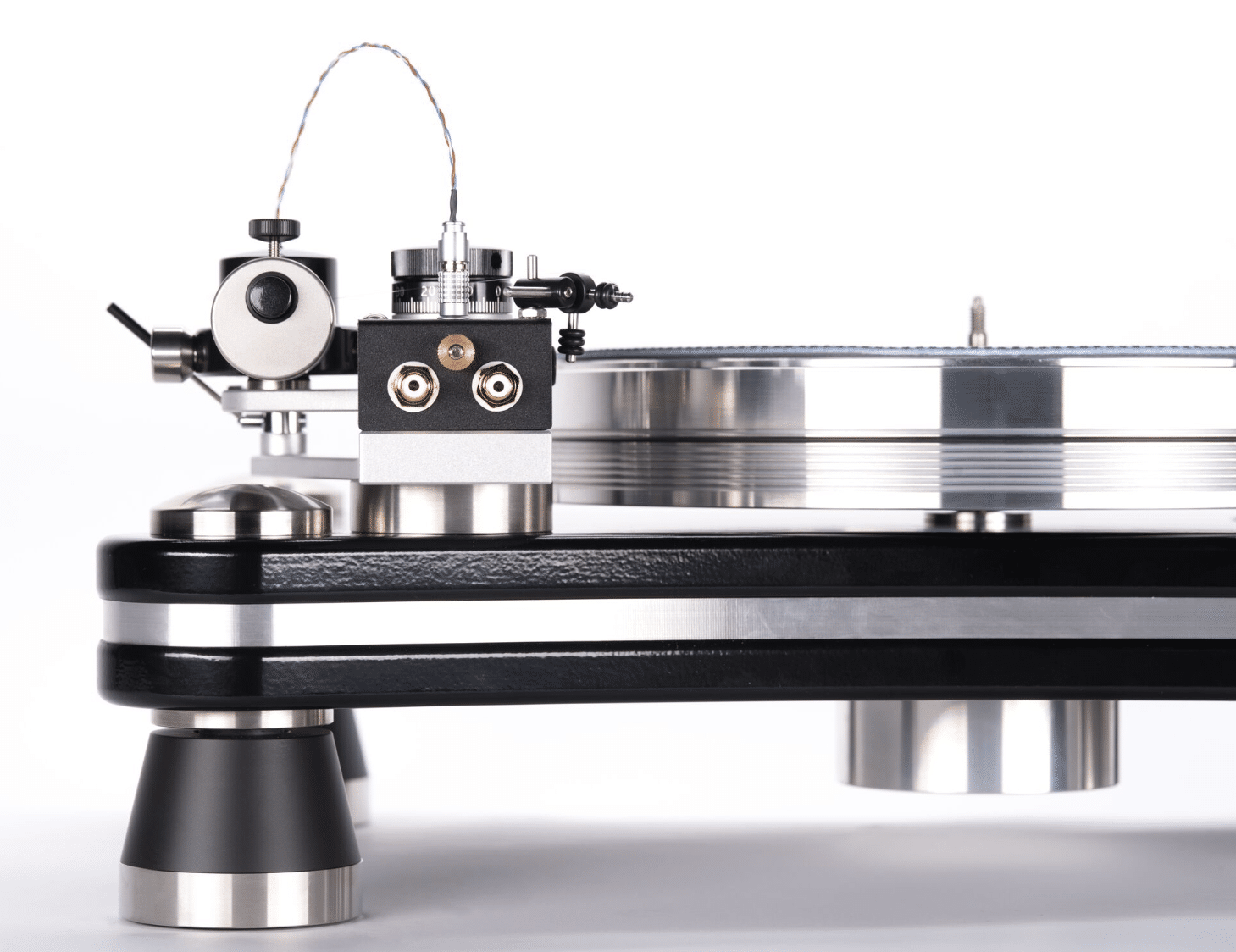
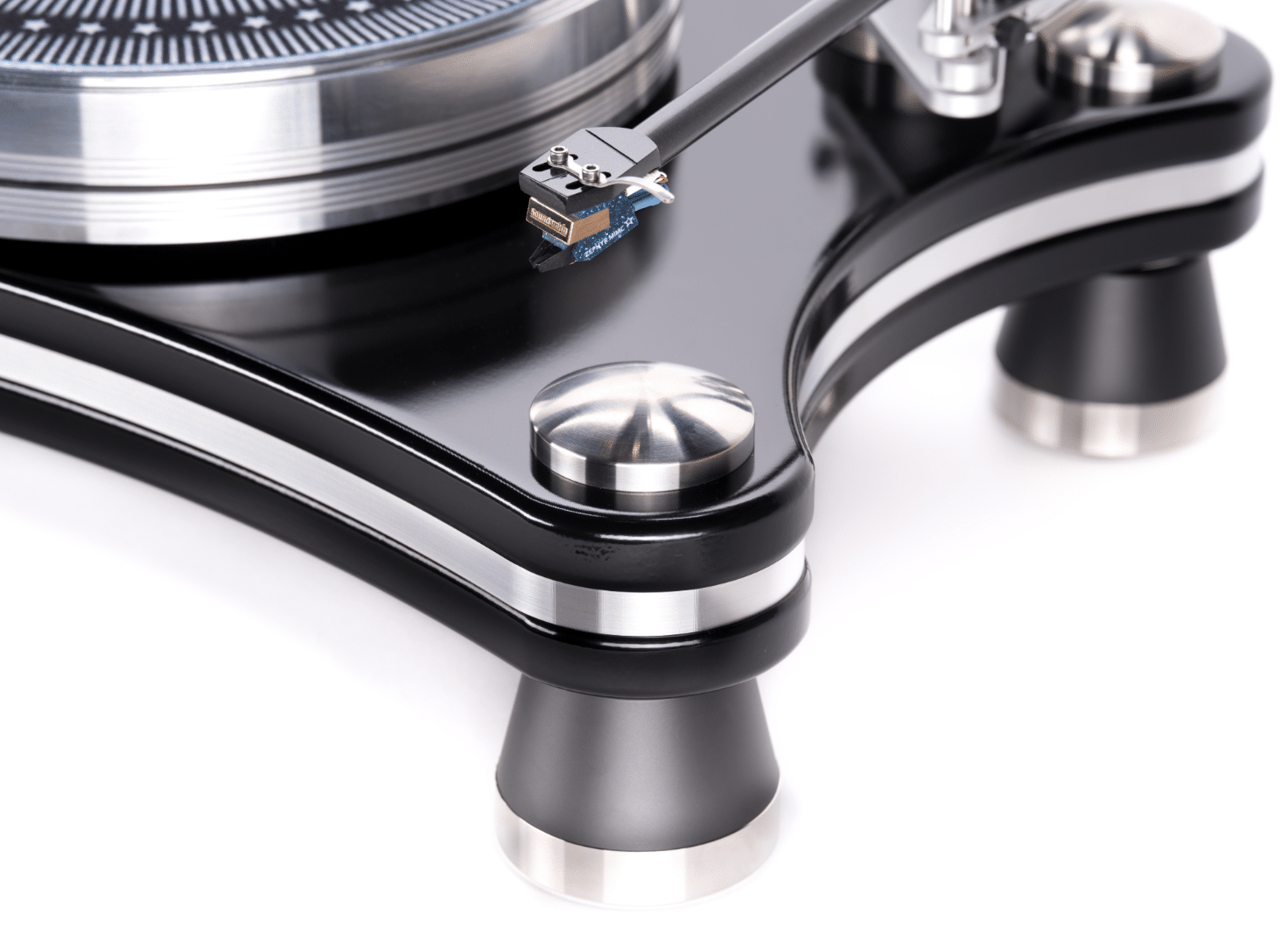
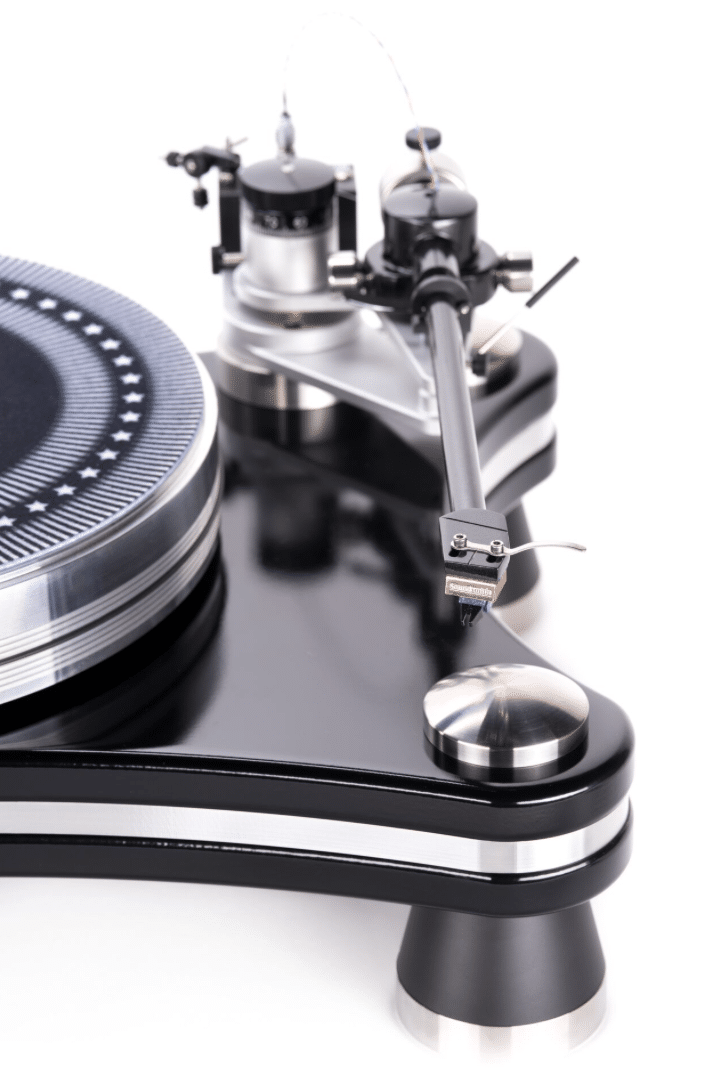
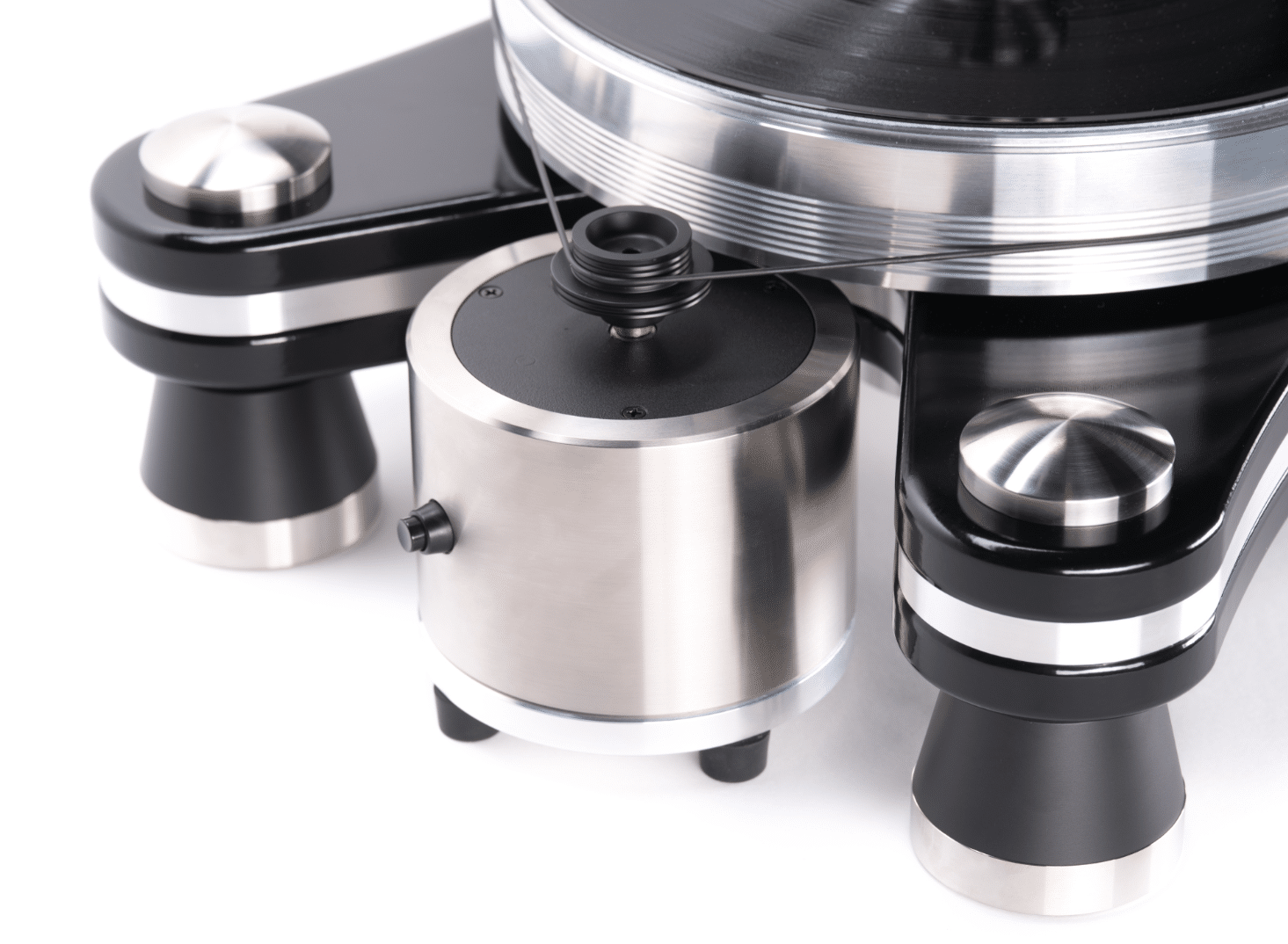
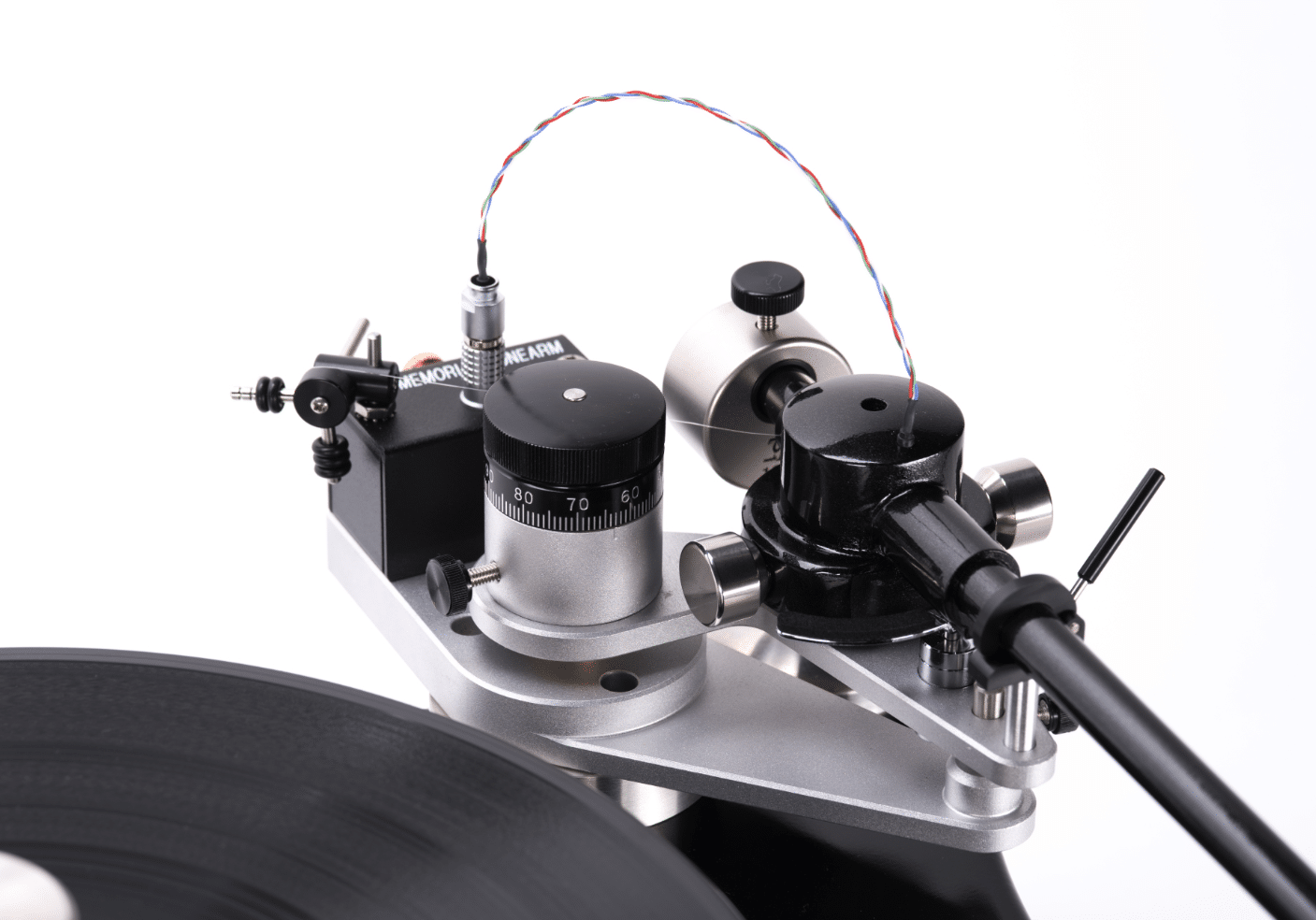
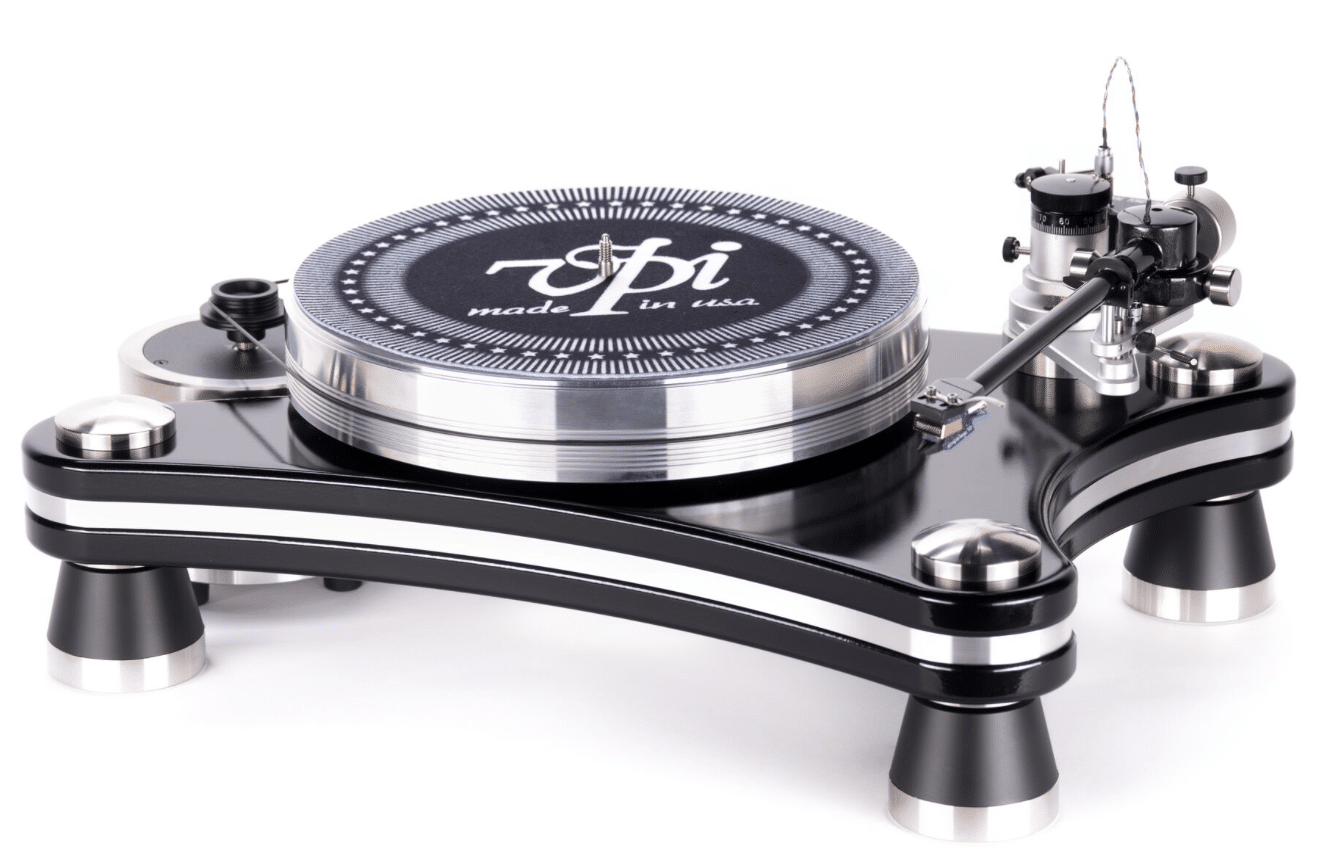
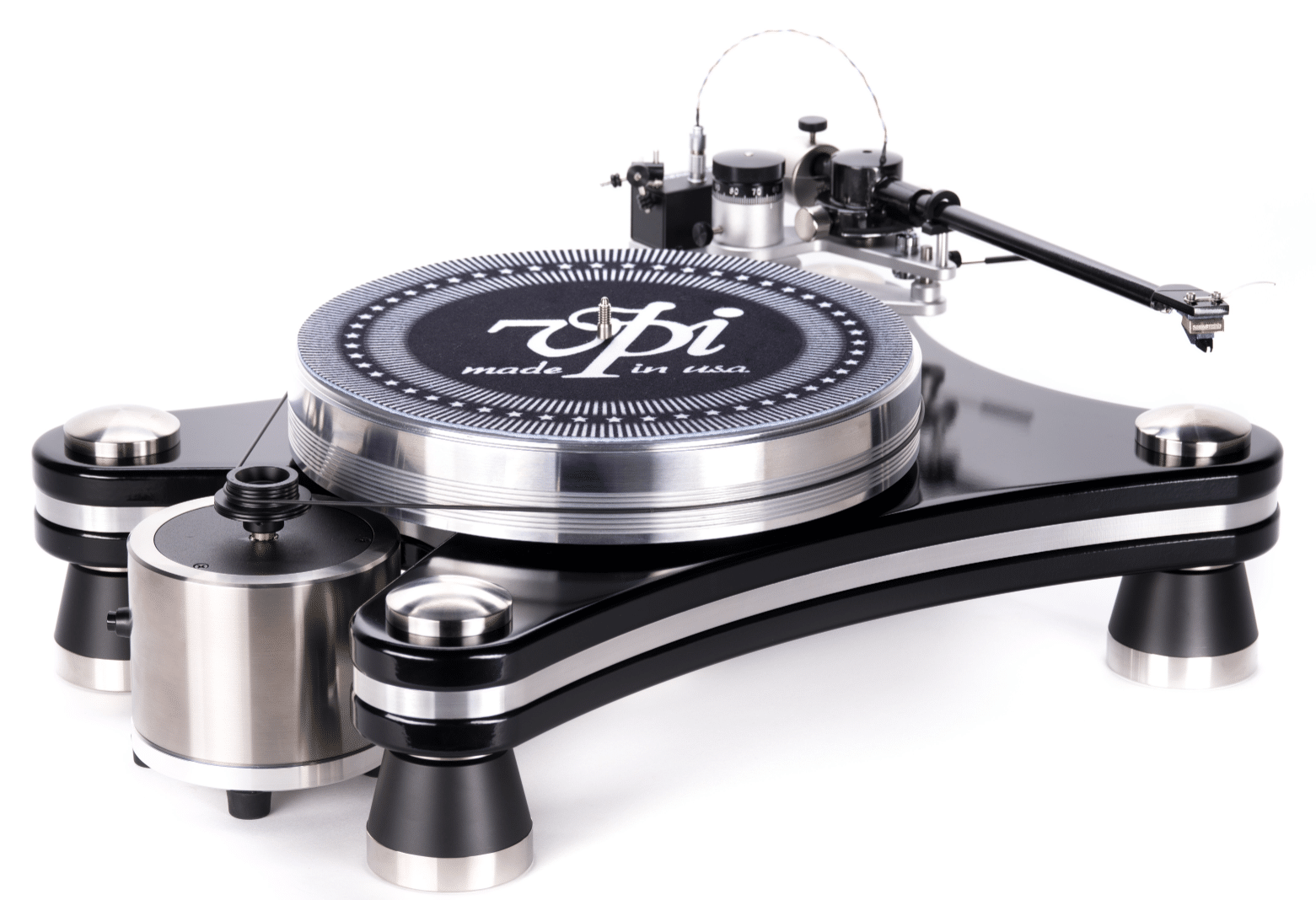
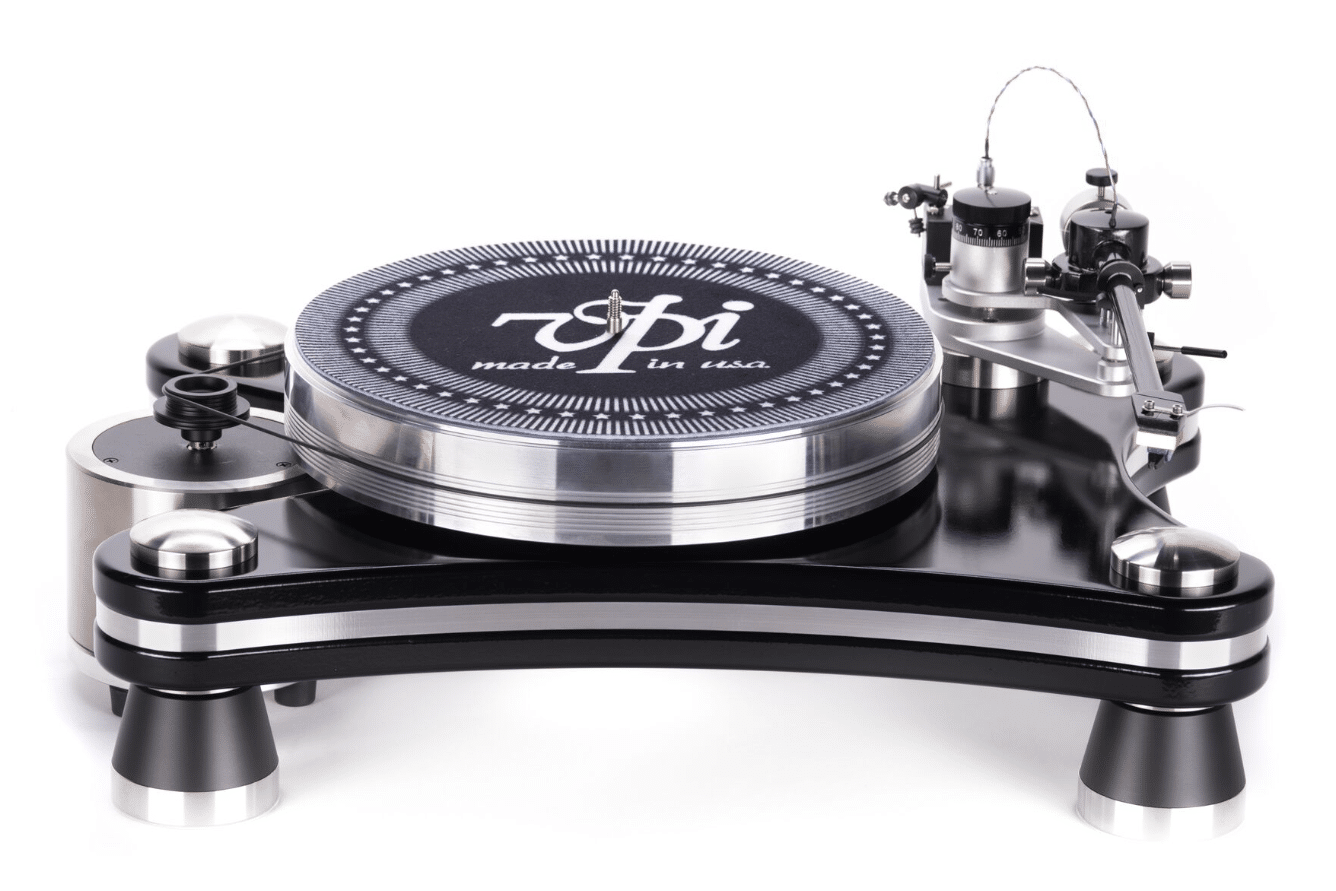


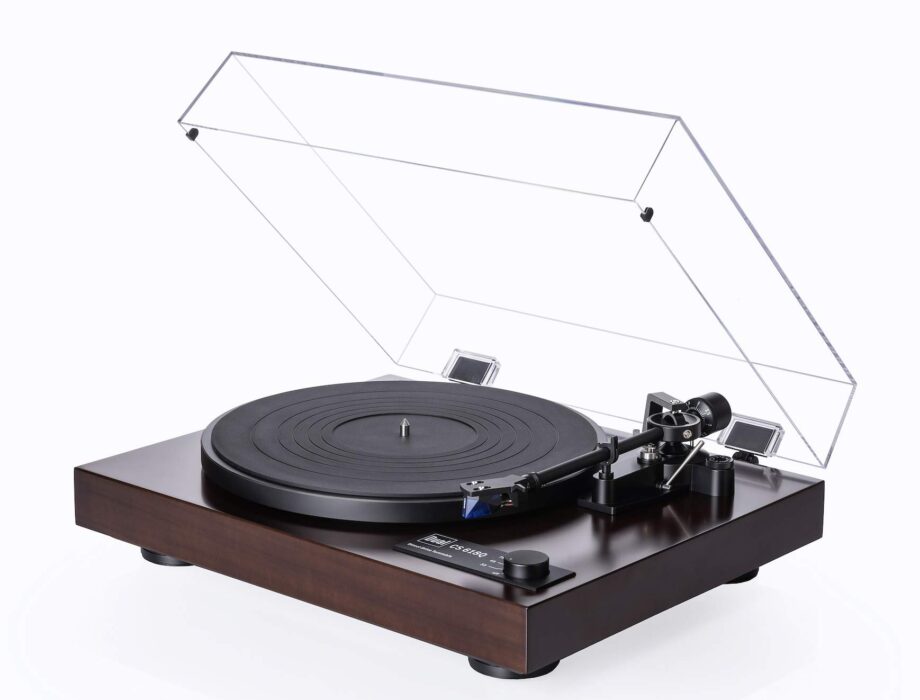
Paul,
Great review and I couldn‚Äôt agree with you more about the stock record weight. I don‚Äôt feel the Prime Signature really performs properly until it is removed. That said, I noticed that the HRS ADL stabilizer product literature which says ‚Äúuse only with a solid, non-threaded spindle…‚Äù. The Prime Signature spindle is threaded. Your thoughts?
Thanks for you note, Vance. Re the threaded spindle. I would assume this refers to spindles which may be tall, very thin or are part of a clamp/platter system. For example, Avid’s Acutus has a threaded spindle. It’s designed with two stage clamp system to flatten a record directly to the platter. A third party clamp or stabiliser cannot be utilised. If you try to use a HRS stabiliser on the Avid, the outer parts of the record dish upwards or merely flop about all over the platter. I didn’t have that issue with the VPI and found the HRS was fine during play.